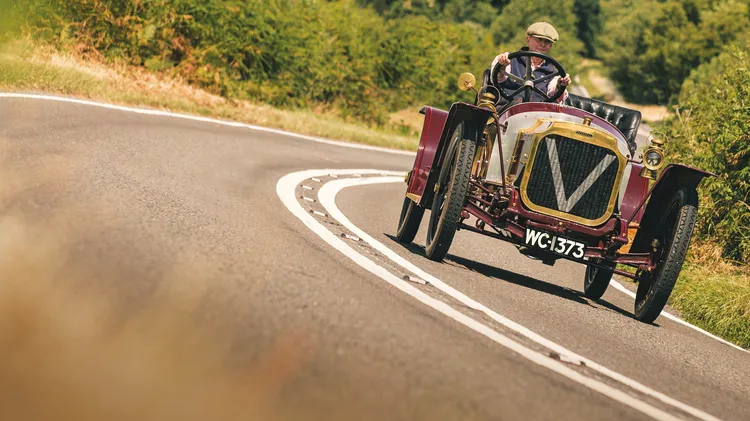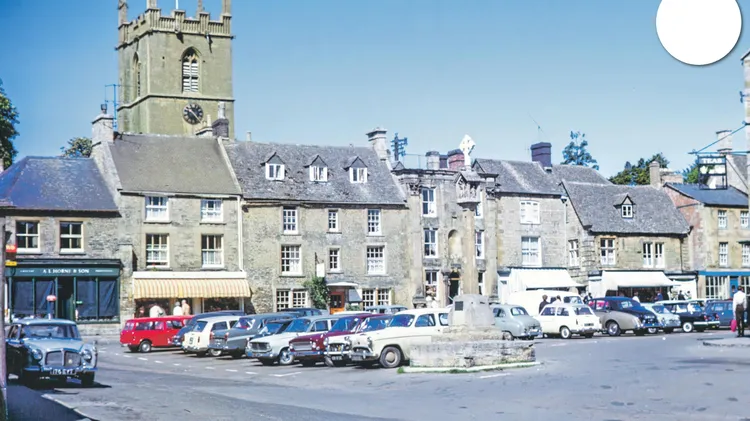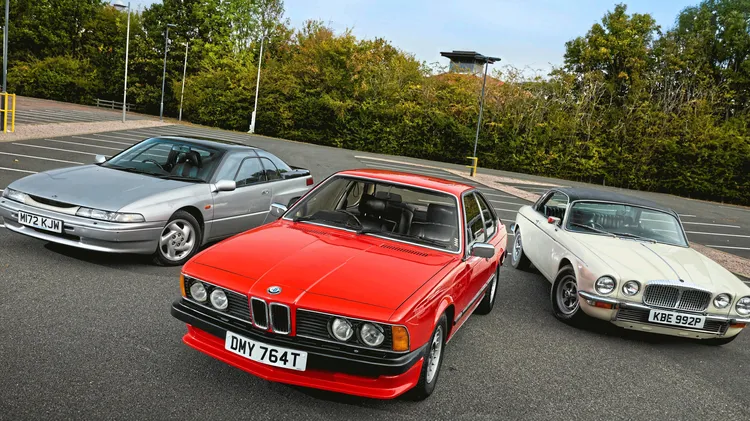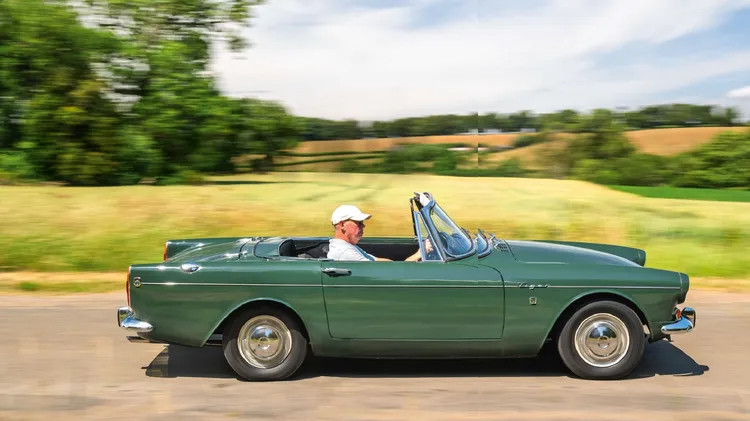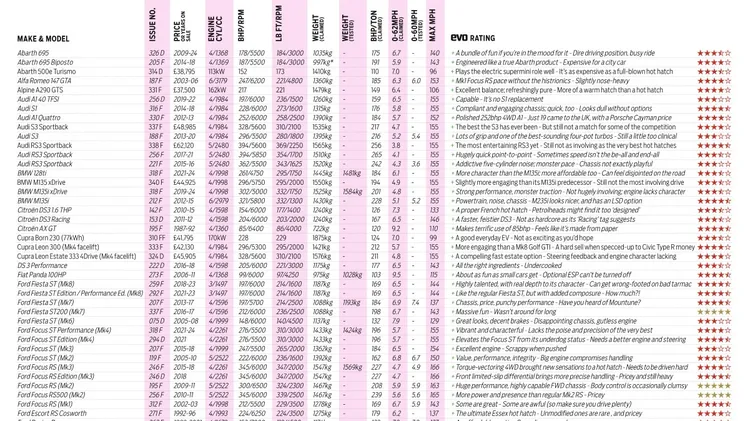A brief history of Vantage, from bigger carbs via Zagato specials to the
The view from up here
5 min read
This article is from...
Read this article and 8000+ more magazines and newspapers on Readly

